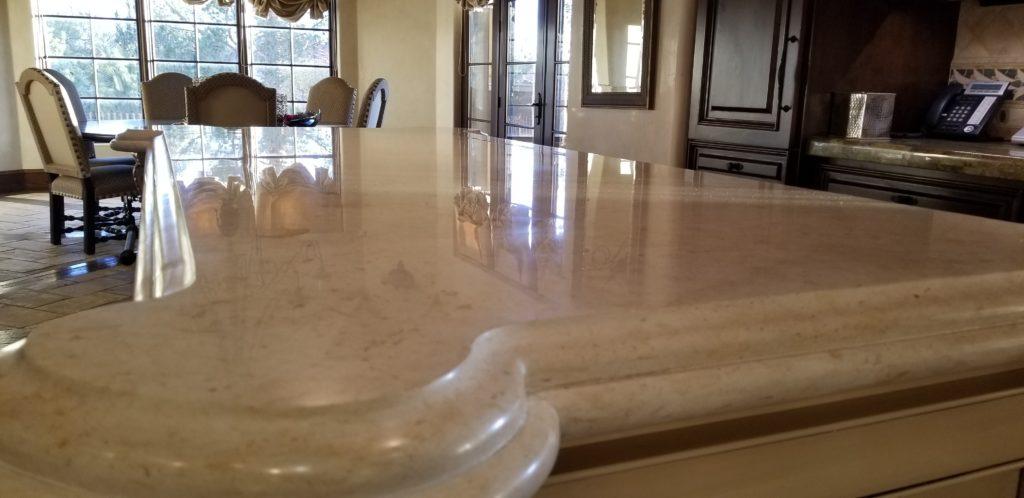The process for the restoration of natural stone is a meticulous and strategic endeavor that requires careful planning, skilled craftsmanship, and advanced techniques. One crucial step in this process is the identification of the type of natural stone being restored. According to research conducted by The Marble Institute of America, different types of stones have varying compositions and properties which require specific restoration methods.
For instance, marble may be prone to etching from acidic substances while granite may need more aggressive polishing due to its hardness. Once the stone has been identified, it is essential to thoroughly clean it using specialized cleaners that are gentle yet effective in removing dirt and stains without causing damage. After cleaning, any cracks or chips must be repaired using appropriate fillers matched with the color and texture of the stone.
This stage often involves intricate workmanship as even slight disparities can affect both aesthetics and structural integrity. Following repairs, professional craftsmen employ various grinding and honing techniques depending on the level of restoration required. These processes involve removing layers from the surface until imperfections such as scratches or unevenness are eliminated completely. Finally, a series of fine polishing steps are carried out to restore shine and luster to the natural stone's surface.

